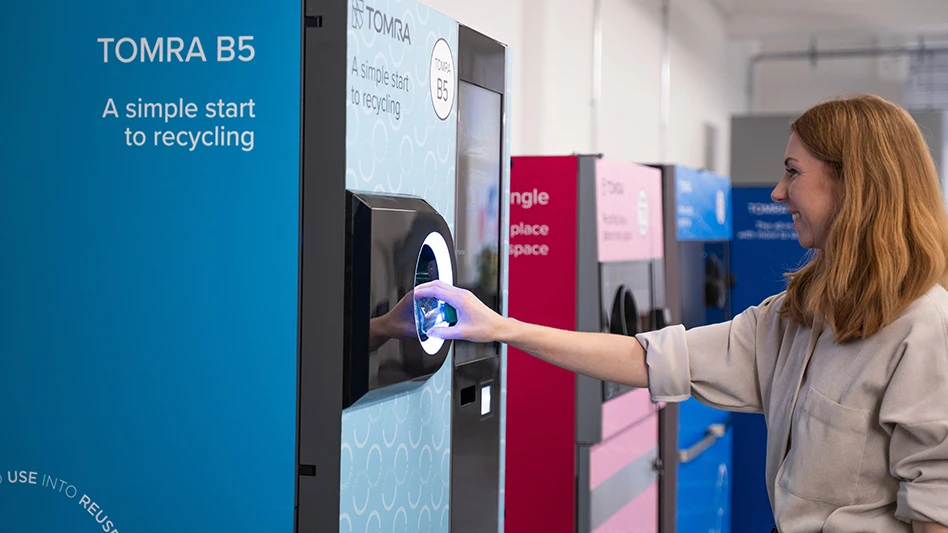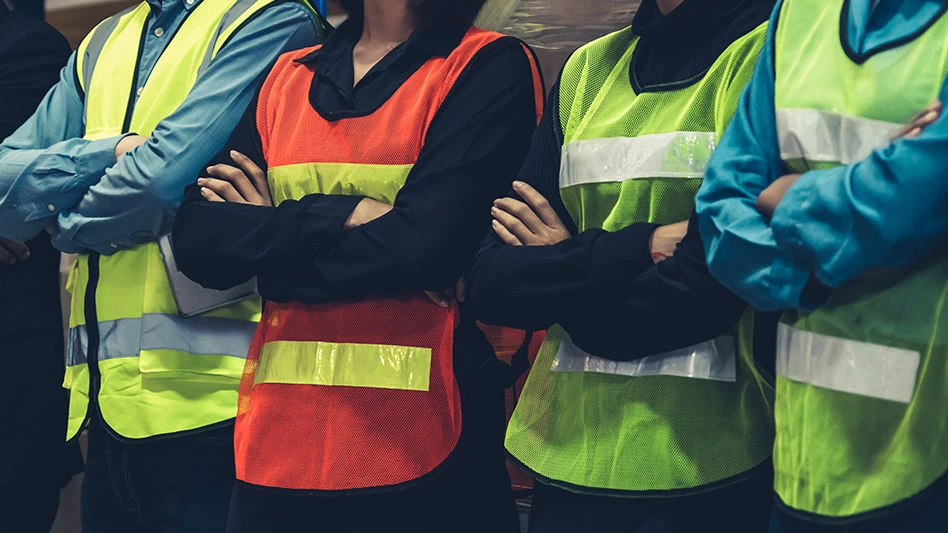
While 2021 offers hope for regaining much-awaited normalcy through the rollout of the COVID-19 vaccine, industry participants are less bullish on the prospect of an immediate bounce back in the building, demolition and C&D recycling sectors.
With this uncertainty in mind, Construction & Demolition Recycling polled some industry participants to get a feel on what to expect over the coming months.
Ken Simonson, chief economist of the Associated General Contractors of America noted, “Construction and demolition contractors should expect a challenging and varied year in 2021. Homebuilders will be busy all year, whereas the outlook is mixed but largely negative for other contractors. There will be a few bright spots. Demand should be strong for distribution facilities, especially ‘last mile’ or ‘last hour’ structures near residential customers. Some of these will be repurposed from stores and other existing buildings, potentially generating more recycled material than new construction. Similarly, to accommodate new public health standards, many offices and public-facing buildings will undergo remodeling—another source for recycled materials. And there will be limited amounts of new construction for data centers, manufacturing plants and healthcare facilities—especially ones that provide alternatives to hospital and nursing home care. But most categories of nonresidential construction are likely to shrink until well after other parts of the economy regain their footing. That upturn depends on rapid, widespread vaccination and restored public confidence.”
Bill Turley, executive director at the Construction & Demolition Recycling Association, expressed similar comments regarding the state of C&D recycling, stating, “2020 was of course a difficult year for C&D recyclers with the coronavirus causing the slowdown or even shutdown of construction sites throughout the country, which means recycling facilities got reduced infeed. But eventually, everything largely picked back up as far as incoming volumes, but that may be a temporary thing. Several recyclers have reported the return in incoming material volumes was because ongoing projects [that were suspended by COVID-related considerations] started back up again, which is a good thing. But in many—but not all—locales, it was noted that once those projects are completed, there aren’t a lot of new projects starting up.”
Turley went on to say the booming nonresidential sector was a boon in terms of material for recyclers, “but there is nothing like some good big retail or commercial building work to generate material, and that is pulling back in many parts of the country.”
Associated Builders and Contractors Chief Economist Anirban Basu noted late last year that surging COVID cases, pending stimulus talks and various supply difficulties—such as increasing softwood lumber and steel prices—will likely result in a “W-shaped” recovery as we move through the New Year.
“Another recession may be on the horizon,” Basu says. “Critically, one could occur even if a further stimulus is passed. Stimulus supports the demand side of the economy, primarily. Another shutdown would compromise the economy’s ability to produce (supply side), presumably leading to another round of mass layoffs, job loss, crumbling consumer confidence, corporate bankruptcies and other negative outcomes. If the first recession is any indication, the next one will be sharp and short. Regardless, that would delay complete recovery, which is the ultimate aspiration.”
Basu reiterated that mounting pressure on commercial construction would bleed into 2021, fueled by 37 percent of the workforce completing their jobs entirely from home.
“Survey data indicates that lending to commercial real estate ventures has tightened, while state and local government finances have been compromised, especially in states that depend upon substantial tourism activity,” Basu says. “This only adds to the simmering uncertainty that lingers, resulting in less risk-taking among developers and others who procure nonresidential construction services. Nonresidential construction employment is down almost 6 percent on a year-ago basis as winter approaches.”
Jeff Lambert, executive director for the National Demolition Association, noted that nonresidential demo job losses were likely to become more commonplace as backlogs slip, but that “the NDA is hopeful that Congress will invest in infrastructure in the New Year.”
The hope for a renewed investment in infrastructure likely got a shot in the arm with democrats winning Georgia’s runoff elections on Jan 5, giving the party control of the Senate, and presumably making it easier for President-elect Biden to advance his previously announced infrastructure objectives.
While this may offer some hope for industry, it’s clear that getting the building, demo and recycling markets back on track likely will take some time.
Latest from Recycling Today
- ReMA urges open intra-North American scrap trade
- Axium awarded by regional organization
- China to introduce steel export quotas
- Thyssenkrupp idles capacity in Europe
- Phoenix Technologies closes Ohio rPET facility
- EPA selects 2 governments in Pennsylvania to receive recycling, waste grants
- NWRA Florida Chapter announces 2025 Legislative Champion Awards
- Goldman Sachs Research: Copper prices to decline in 2026





